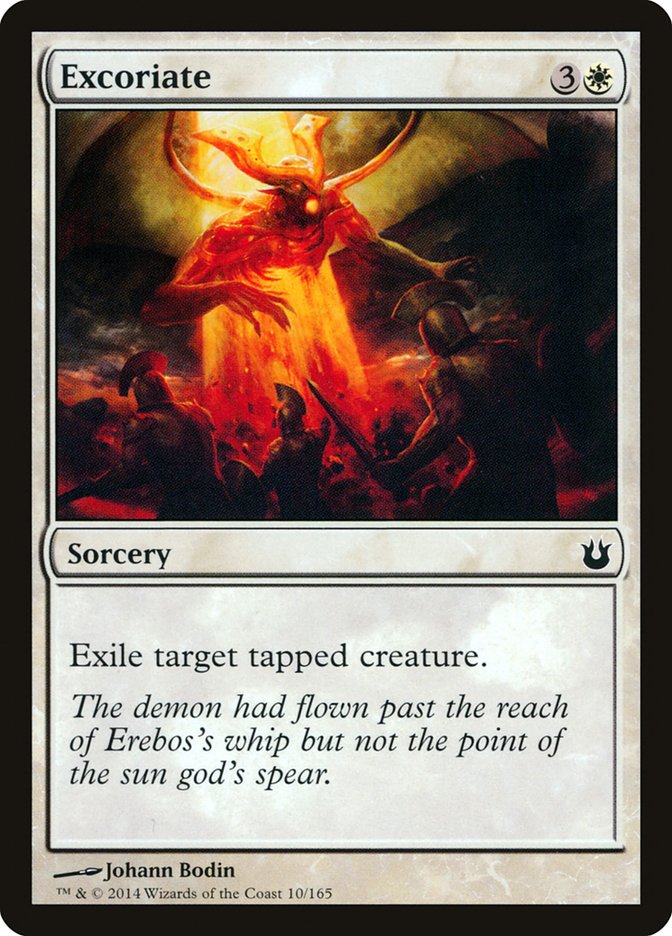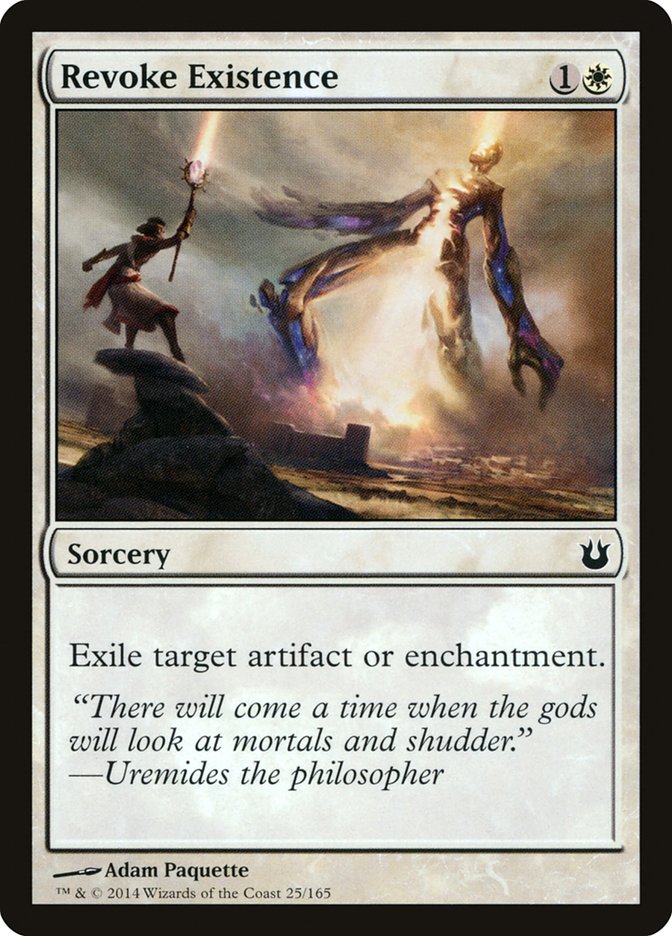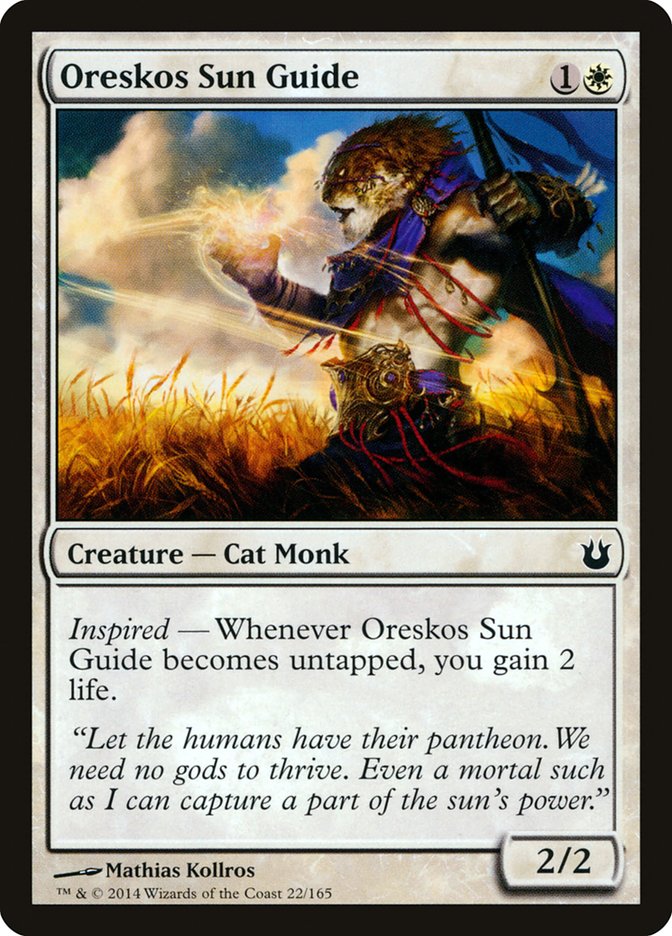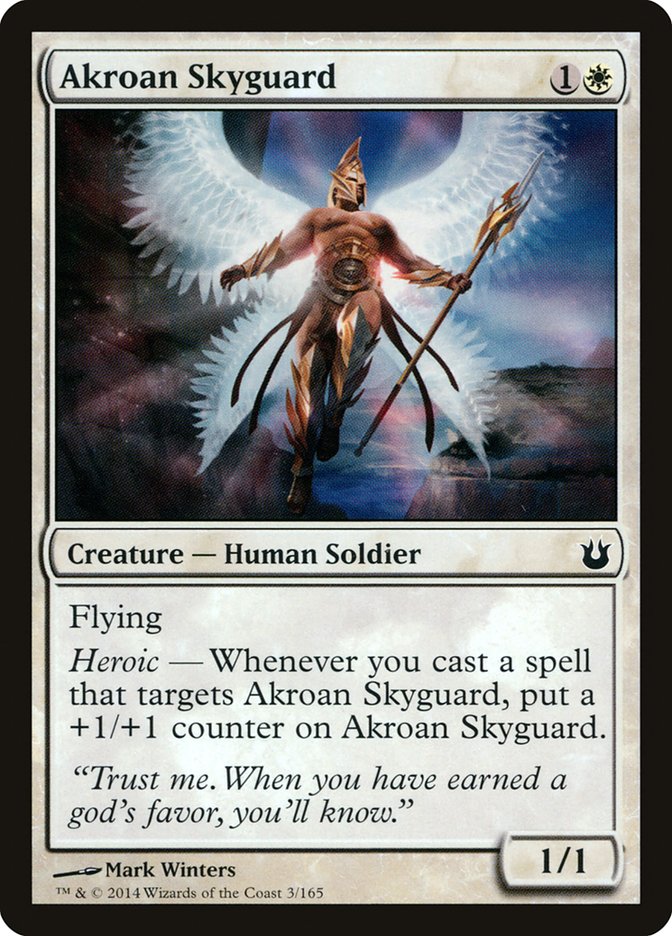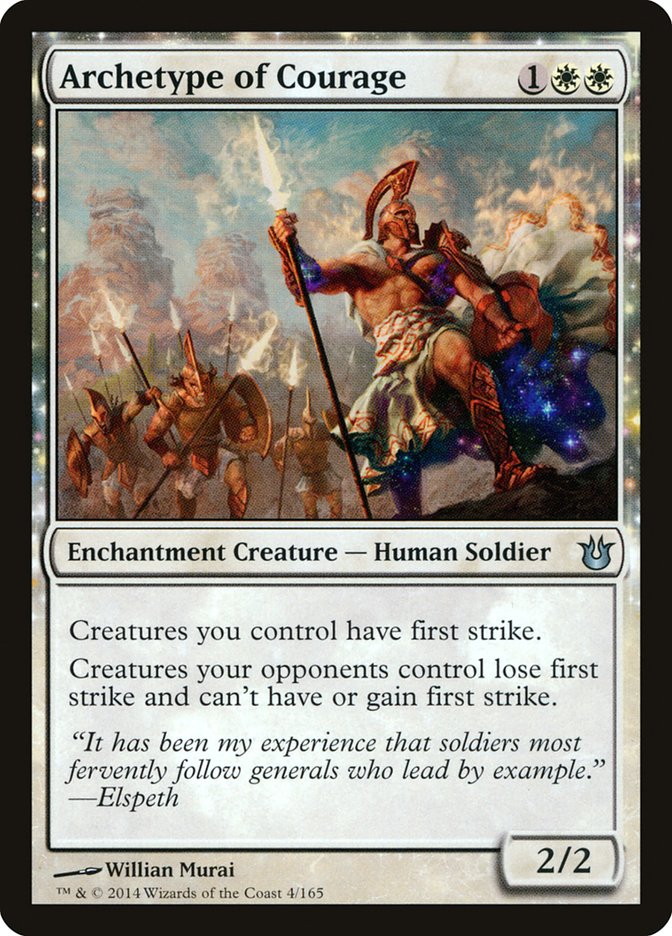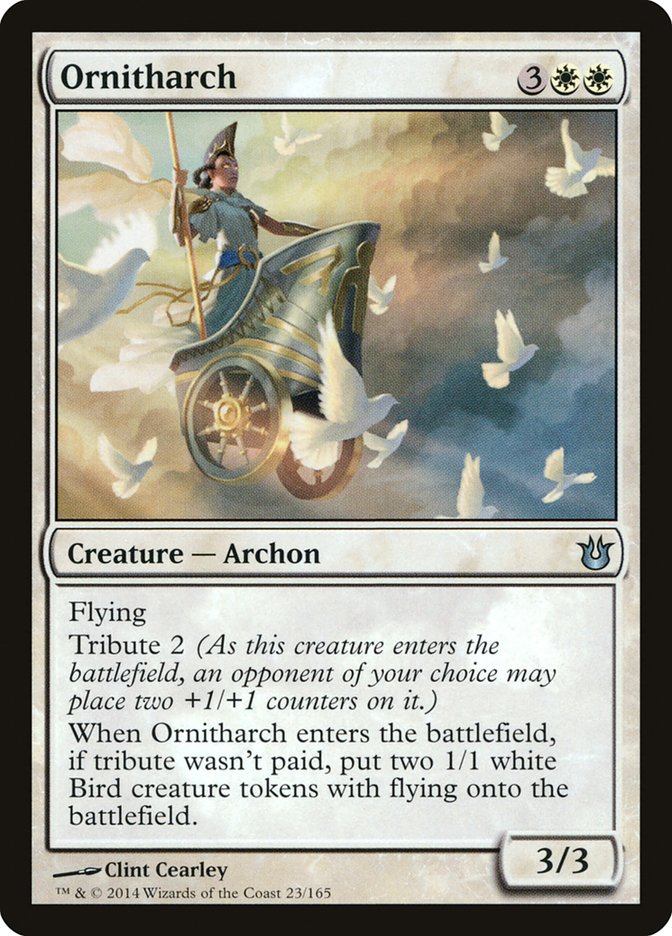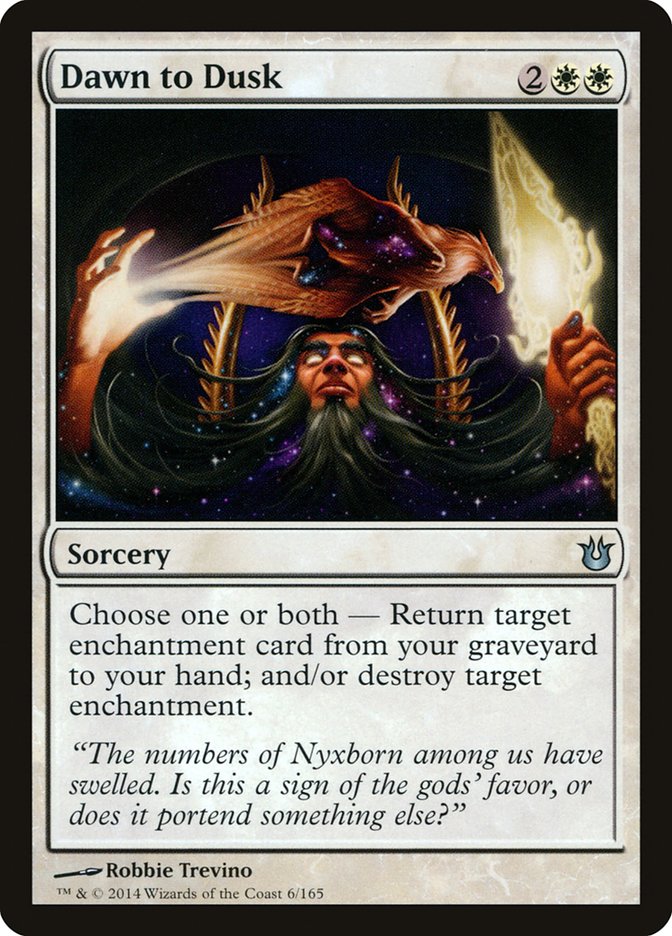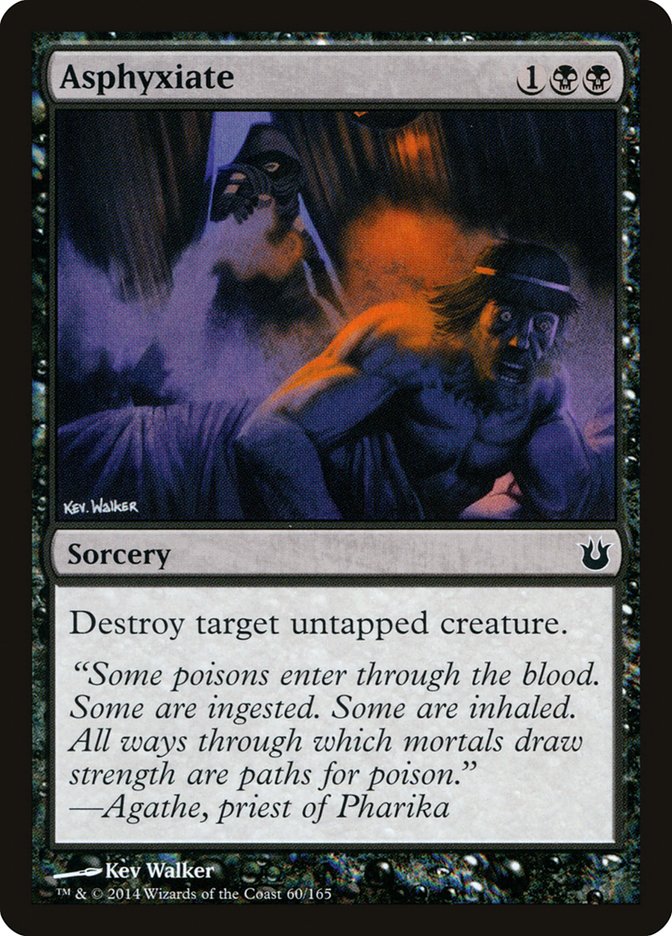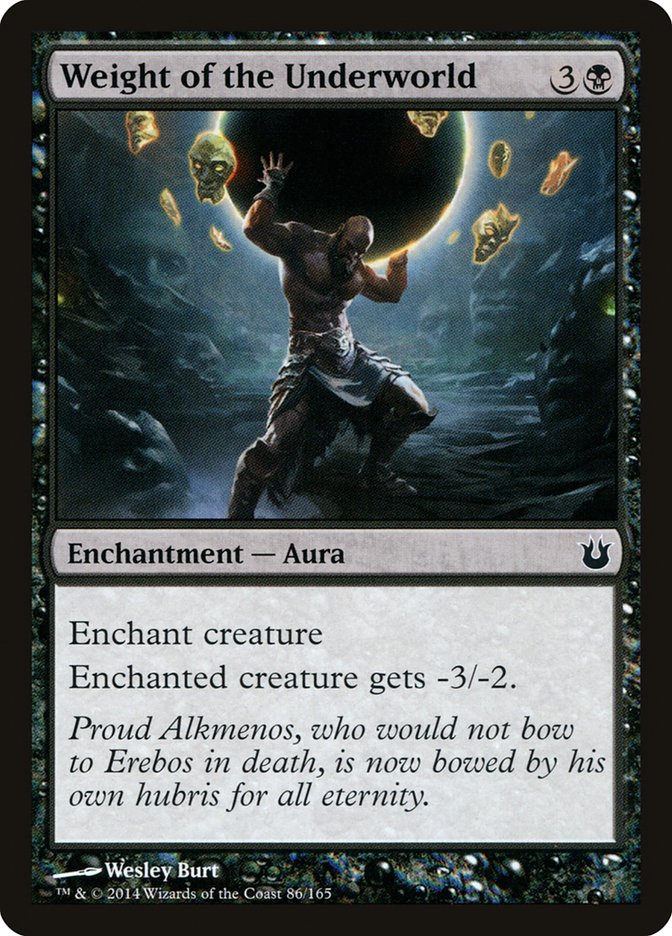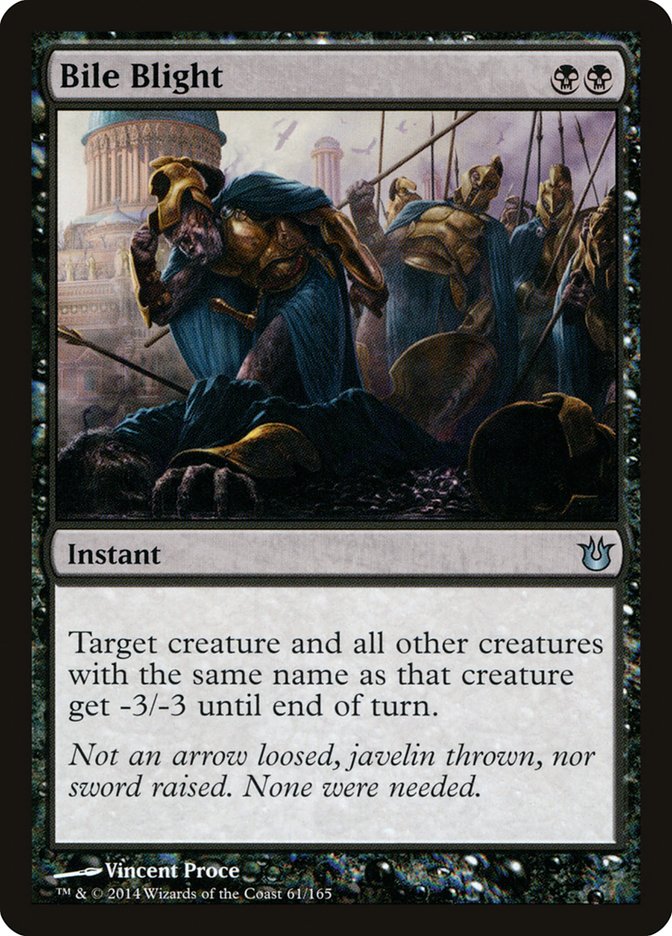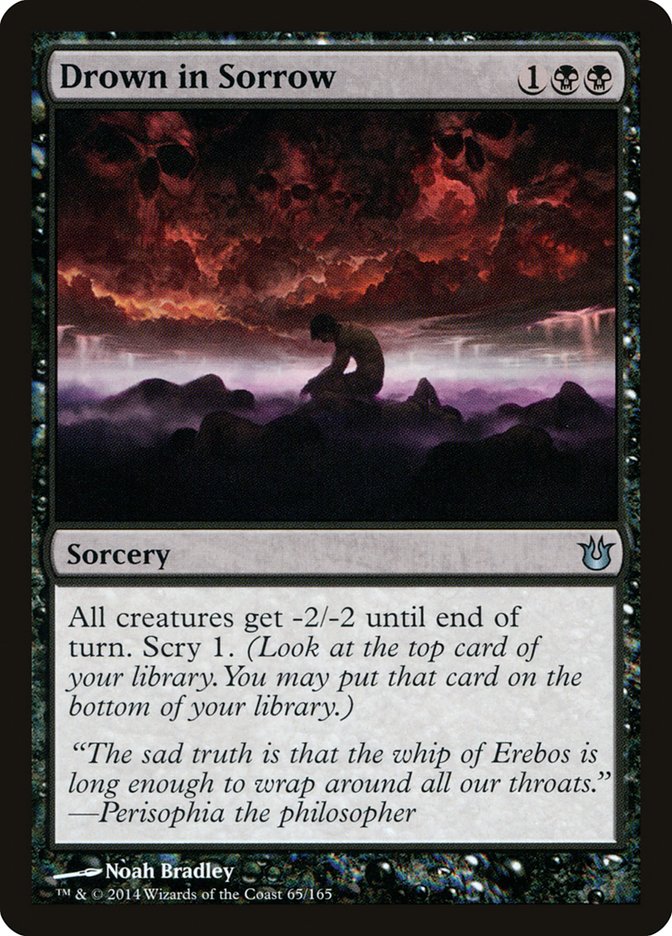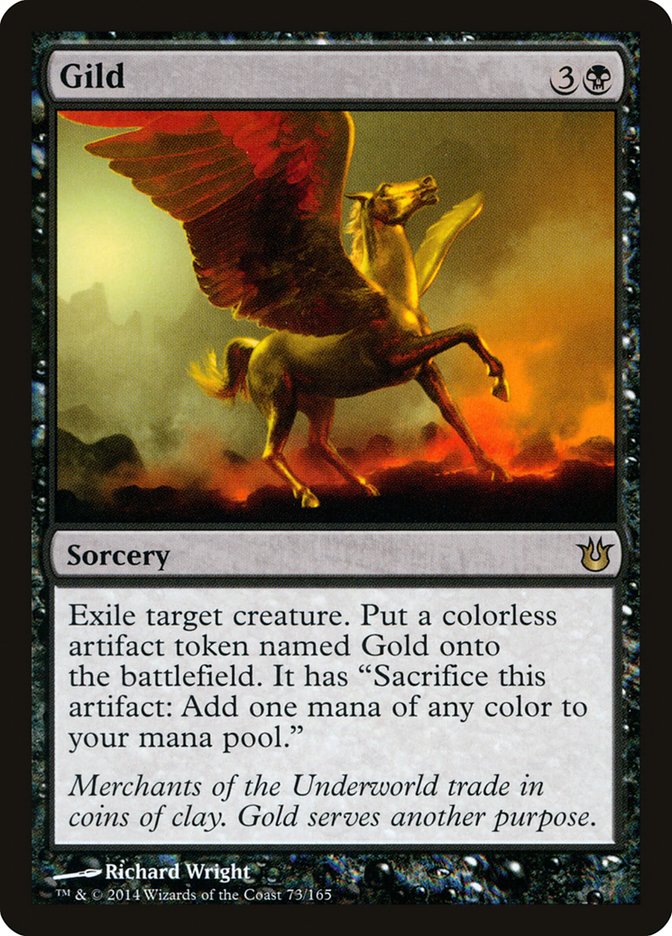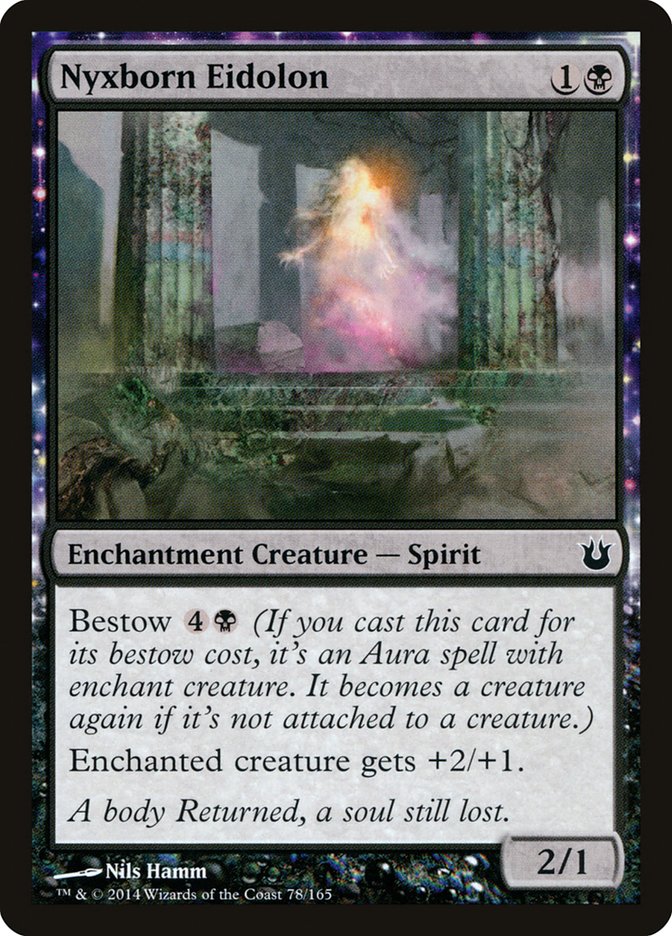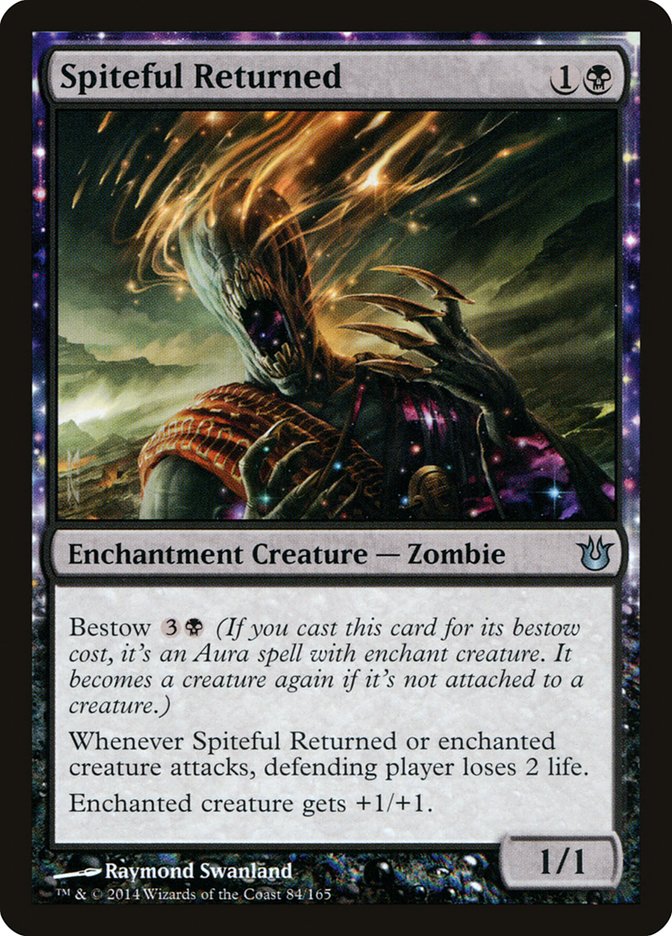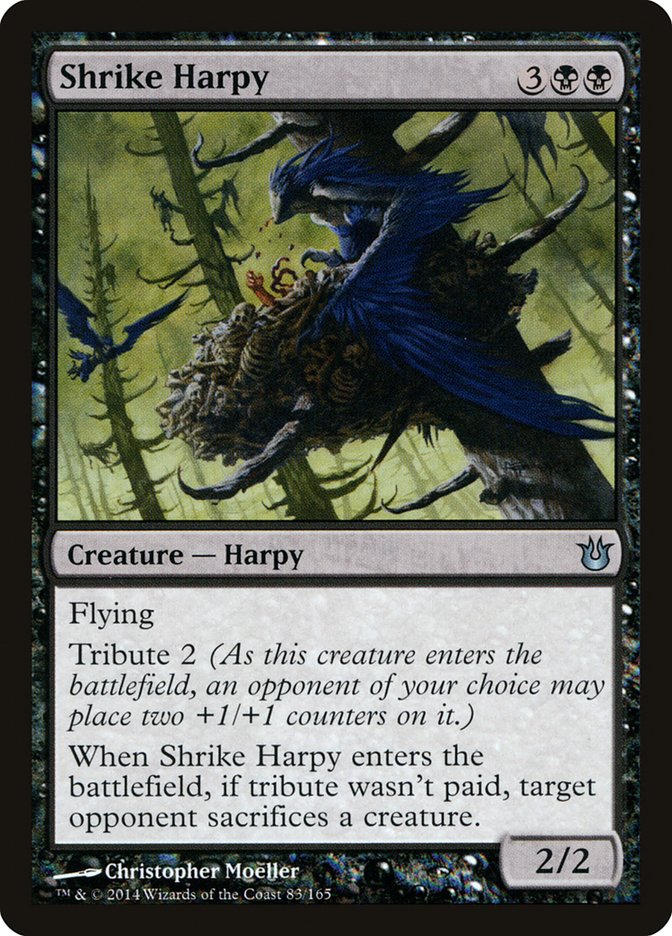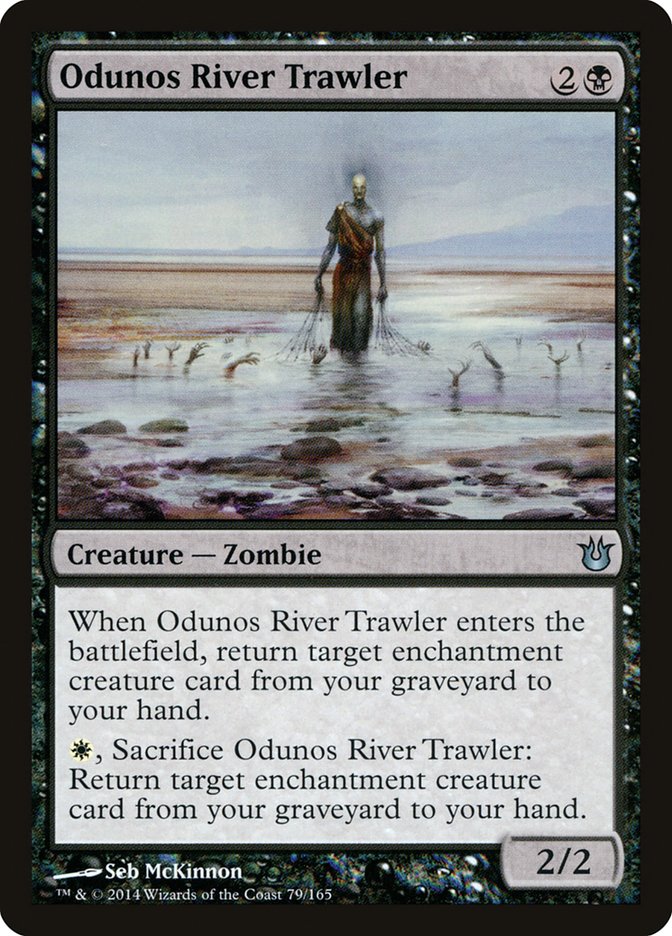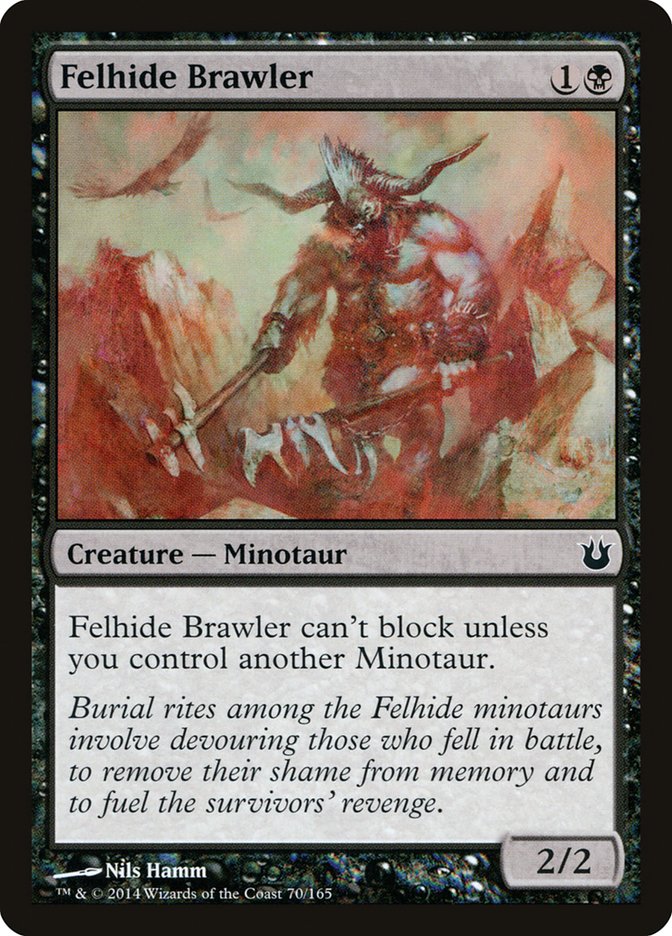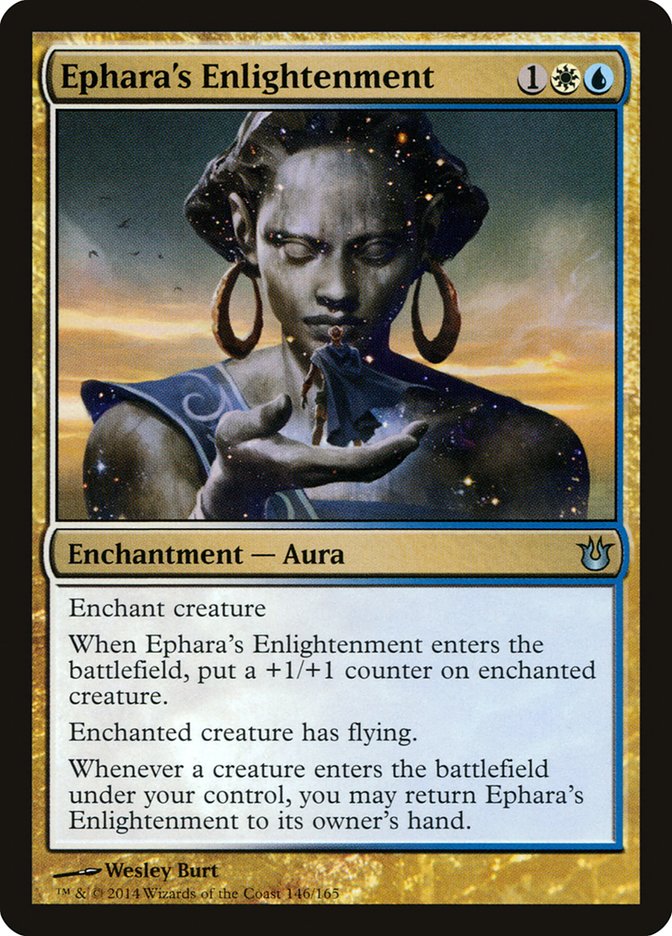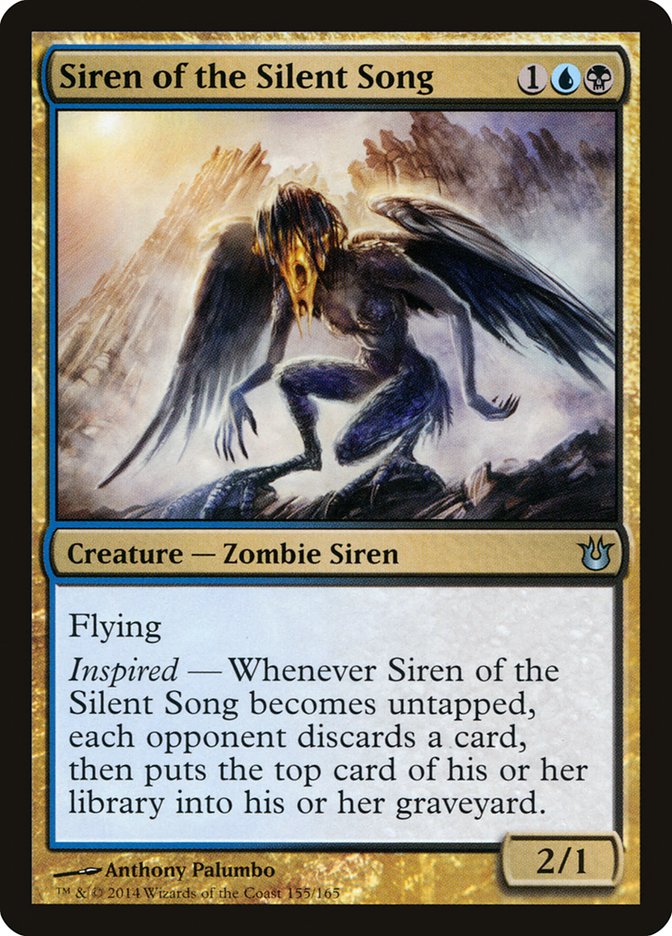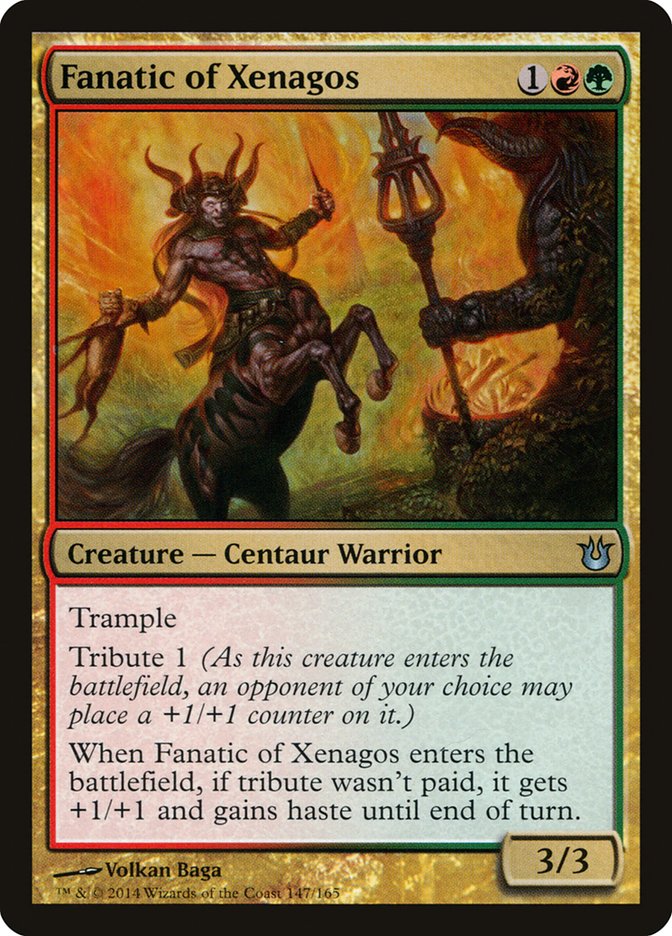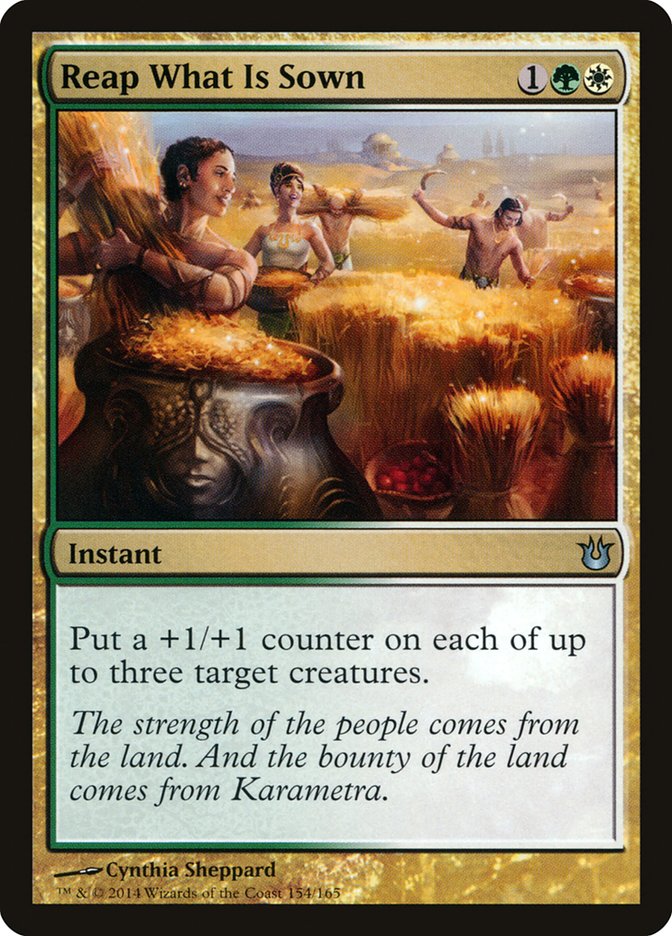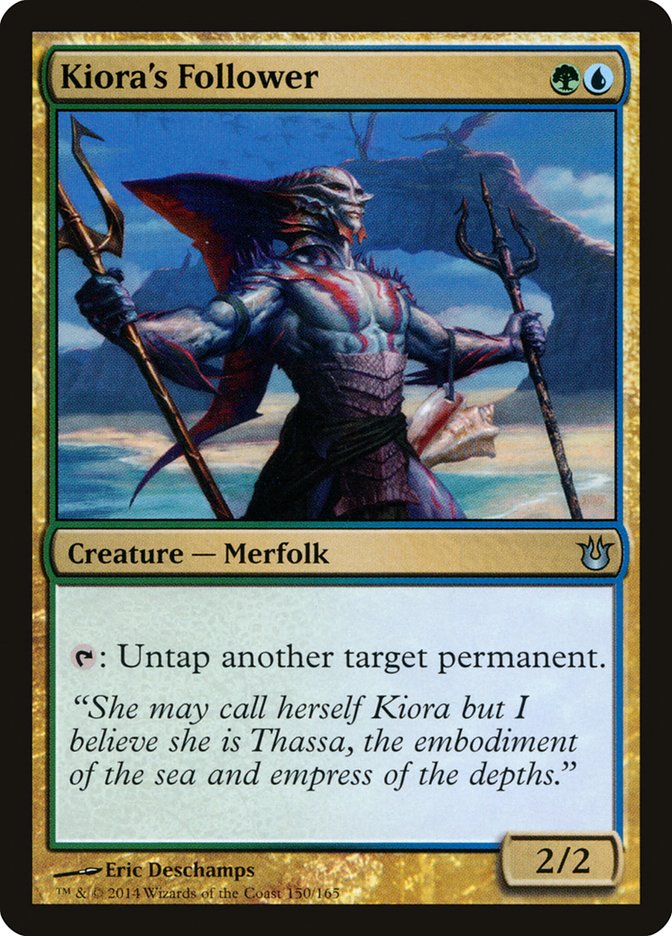Last week I began to probe the intricacies of Theros/Born of the Gods Limited by taking a look at red, blue, and green and how their roles in Draft have been altered by the new set. After spending a good portion of the past weekend drafting, I can confirm that Born of the Gods has had a huge impact on changing the face of the Limited format. I’m going to end this article with an overall review of these changes, but before I do I’d like to finish up the color wheel by discussing what Born of the Gods brings to the table for white, black, and multicolored.
White
What exactly did white entail in triple Theros Limited? Well, for starters, it featured one of the strongest commons in the set in Wingsteed Rider. Add in powerful uncommons like Phalanx Leader and Favored Hoplite as well as a bevy of ways to trigger heroic and you can see why white was mainly known for producing strong heroic decks in Theros. Other than trying to turn mortals into heroes, white also had a control role when paired with black, mostly thanks to the excellence of Scholar of Athreos and Sentry of the Underworld.
Let’s see what Born of the Gods has to say about white.Similar to last week, we’ll start with the commons and work our way up.
Right off the bat we meet with two new removal spells. Excoriate strikes me as a Divine Verdict done right. Although you might need to throw a chump blocker in front of the creature you want to exile or at least take a hit from it, Excoriate is going to be a much more reliable removal spell than its Theros predecessor. The only real downside it has compared to Divine Verdict is that you can’t use it to remove a pesky blocker by running your creature into combat. Keep in mind that the exile clause isn’t negligible either. I had someone Excoriate my Insatiable Harpy last weekend while I was holding a Pharika’s Mender in hand.
Talk about brutal!
Only in a set filled with enchantment or artifact creatures can Revoke Existence be counted as a piece of removal. As it turns out, the two sets where it has been printed heavily feature one of the two. Much like Fade Into Antiquity, Revoke Existence is a card that I’ll always be looking to get at least one of. Unlike Fade, however, shaving one mana off the spell’s casting cost goes a long way toward making it a strong maindeck card. Being able to play a three- or four-drop and a removal spell on the same turn during the midgame is extremely powerful.
As you can see, white got a pretty decent hookup in the common removal department from Born of the Gods. But what about the creatures?
A little underwhelming, but there’s a diamond in the rough!
Oreskos Sun Guide is a perfectly reasonable grizzly bear that has the potential to gain you some life on its way back from the red zone. Nothing spectacular, but a nice upgrade from Traveling Philosopher.
I’m still not a hundred percent sure what to think about Loyal Pegasus. It’s an undercosted card that requires a very aggressive strategy to reap full benefit. While white certainly has no problem bringing the beatdown in this format, I’m still worried that this Pegasus might be asking a little too much. While it gets much better in multiples, with only one Born of the Gods pack handy it’s going to be tough to pick up more than one or two of them. If anyone has gotten some games in with Loyal Pegasus, I’d appreciate hearing how the card performed.
Last but not least we have Akroan Skyguard, or as I like to call it Wingsteed Rider, Jr. Much like with Setessan Oathsworn and Staunch-Hearted Warrior, getting the same heroic effect on the table a turn earlier for a slight reduction in base stats is usually going to be a benefit. It would have been a pretty big hit to white heroic decks if one of the packs containing Wingsteed Rider was replaced with a booster without a similar option to build around. Luckily Akroan Skyguard does the job just as well if not better than the Rider and at the same rarity to boot.
Now let’s take a peek at the uncommons:
If the white commons were lacking in any department, it was power, but the uncommons go out of their way to make up for that deficiency.
Archetype of Courage is just an all-around great card. On its own, a three-mana 2/2 first striker is perfectly acceptable, especially in a set based around juicing your creatures. Add in the universal first strike buff and you’re looking at a powerhouse. Think about just how impossible it’s going to be for your opponent to make profitable attacks when your entire team is waiting to first strike creatures down. Just be wary of instant speed removal.
Ornitharch fills the role of “giant tribute flier” for white. Both halves of this punisher are great, so there’s no reason not to aggressively pick this card and move into white.
Dawn to Dusk is another pseudo-removal spell that comes with some two-for-one potential. In the right deck, it shouldn’t be too hard to garner the value from this card. Although most aggressive decks might not have time for this four-mana sorcery, it’s a great tool for the more controlling options.
Overall, white didn’t receive too much of an overhaul with Born of the Gods. The handful of additional removal spells and powerful uncommons definitely aids the more controlling side of the color, but the heroic aspect is still there. If anything, white lost some depth at the common level, which means it isn’t going to be as easy to just force the heroic white deck. Additionally, white in Born of the Gods is a little scarce when it comes to good ways to actually trigger heroic creatures, so you’re really going to need to rely on Theros or another color to pick those cards up.
Black
In Theros, black had a few faces. When paired with white, you had a slow and grindy control deck. B/U decks were also very controlling and came equipped with the best removal in the set. B/G tended to be more midrange based, pairing black’s removal with green’s giant creatures. Finally, there was B/R, which was usually an all-in aggressive deck with a possible Minotaur subtheme.
Let’s add Born of the Gods to the mix.
The first thing that jumps out at me is black doing what black does best: killing all the creatures. Although these cards are all spread from common to rare, it’s clear that black got a huge boost in the removal department.
Asphyxiate is probably the most interesting of the five. Only being able to kill untapped creatures can be very limiting, especially in a format driven by turning creatures sideways. Even though we’re looking at a very crippled Murder, the effect is still powerful enough that most decks are going to want it, although just in the range of one or two. It provides the biggest boost to aggressive B/R decks, where your opponent is going to try to leave large creatures back to block and you can reliably cast the sorcery.
When I saw Dead Weight for the first time, I thought to myself, “If this cost three more mana and took away one more power, we’d have a Constructed staple on our hands!” In all seriousness, while the markup on Weight of the Underworld might be high, a removal spell is still a removal spell. Just like with Asphyxiate, though, this isn’t a card you’re going to want to load up on.
Bile Blight and Gild are both just incredible Magic cards. I had the pleasure of having them both in a B/G Draft deck last weekend, and they performed above expectations. In my very first game against none other than Christian Calcano, I was able to use Bile Blight to kill a pair of Nylea’s Disciples and completely swing the game in my favor.
Gild has the huge upside of being a point and click removal spell, which is very hard to come by in this format. The Lotus Petal you get is nothing to scoff at either, letting you get your six-drop on board a turn earlier.
To round things out, black gets a pretty sweet sweeper at the uncommon level. Drown in Sorrow is a strong addition to any black deck looking to go the control route. It is especially potent in B/W, where almost all of the creatures you’re looking to play come packing the extra bit of toughness that will let them naturally survive the board wipe.
While the removal might be the first thing to catch your eye, it’s not like black is lacking in other departments.
It’s not every day that black gets such a well-rounded creature base. You have a pair of aggressive creatures that also double as serviceable mana sinks in the two bestow creatures. There are a couple of powerful uncommons in Shrike Harpy and Odunos River Trawler, not to mention random role-player commons Felhide Brawler and Marshmist Titan. While it seems like the other colors have a few holes here and there, I just don’t see that in black.
When you look at what Born of the Gods brought to black, it’s nothing but upside. All of the black color combinations I mentioned still exist, just with some new tools to make them work even better. The only color that I would say gained more from the new set is red, but that is only because red started so low on the charts to begin with. In terms of raw card quality, black comes out on top.
Multicolored
Before we get to the overall review, let’s take a look at the six multicolored uncommons from the Born of the Gods.
First up we have the U/W option. The implication for this one is pretty clear. Blue was one of the better colors to pair with white for heroic in Theros, and Ephara’s Enlightenment helps back that theme. While this card might be a little slow, having a recurring way to trigger heroic and provide evasion to your heroes can prove invaluable. As I mentioned, white is lacking in ways to trigger heroic in Born of the Gods, but pairing it with blue can help shore that weakness.
In Theros, B/U was known best for the sweet control decks the combination could produce. While Siren of the Silent Song isn’t the most controlling card, it’s so individually powerful that it doesn’t really matter. Pretty much any deck able to reliably cast this Siren is going to want to. The interesting thing to note about B/U with Born of the Gods is how the new set impacted its mana base. Between Pharika’s Cure, Bile Blight, Asphyxiate and Drown in Sorrow, there are a lot of black mana symbols flying around. It will often be best to build your B/U deck to be heavily oriented toward black and leave cards like Nullify and Dissolve on the bench.
Here we have a card I wish I could speak higher of. Although I love the Minotaur subtheme in B/R, Ragemonger doesn’t really bring what the archetype wants to the table. The only card that it works incredibly well with is Kragma Warcaller. Other than that you’re looking at a Hurloon Minotaur that might pick up some free mana here and there. While the B/R Aggro deck still exists, it would have been nice to see a more powerful uncommon added to its roster.
This is a card I both love and hate at the same time. While in a vacuum Fanatic of Xenagos is busted, R/G felt like one of the worst archetypes in Theros. All the deck could do was play marginally large creatures and back them up with weak damage-based removal. It felt like if you didn’t pick up any Time to Feeds you were destined to lose before the games even began. However, I have high hopes that Born of the Gods gave R/G the boost it needed to be more powerful. Not only did red get an overall buff, but now we have Fall of the Hammer to use in conjunction with Time to Feed to handle larger threats.
Reap What Is Sown fits into a select category of Magic cards. If it’s good, it’s great. In the decks that can properly utilize it, it’s going to be one of the best cards in the deck. In the decks that can’t, it’s going to be on average worse than Common Bond. W/G Heroic was a strong archetype in Theros Draft, and Reap What Is Sown is the perfect build-around card for that strategy.
On the tail end is Kiora’s Follower. With Voyaging Satyr being one of the best green commons in Theros, it’s not much of a surprise that Kiora’s Follower is going to be a slam dunk for G/U drafters. On top of ramping you, Kiora’s Follower can give your creatures pseudo-vigilance and triggers inspired at instant speed. G/U’s role in Theros was all about playing a tempo-driven game. While Voyaging Satyr helped you get ahead of your opponent on board, the 1/2 body was always a little lacking. It’s going to be nice to have a strict upgrade that not many players are going to be able to utilize.
Conclusions
Now that we’ve broken the five colors down on an individual and multicolored basis, I feel like it’s safe to draw some overarching conclusions about Theros/Born of the Gods Limited.
- Red and black benefited the most from the new set. Red went from underpowered to on par with the other colors, while black jumped from good to excellent.
- Red is going to be much more sought after in Draft. This should increase the amount of red drafters per pod while also giving some breathing room to the other four colors.
- Removal, Removal, Removal. While this format still doesn’t have the strongest removal in the world, Born of the Gods definitely bolstered the amount of removal across the board.
- With such an influx of removal, heroic/Aura-based strategies are going to take a hit. If you expect to just throw an Ordeal on a creature and deal twenty points of damage, you’re in for a rude awakening.
- More removal means more interaction, which in turn means longer games. This should be especially beneficial for the health and enjoyment of the format.
- A lack of depth at the common level and more power at the uncommon level. This should also serve to slow the format down a little bit, making games revolve more around powerful midgame threats and less around aggressive curves.
I think it’s safe to say I can talk about Limited all day and never get bored. While I believe very strongly in my opinions, Limited is the type of format in which players can interpret things differently from one another while still having personal success. Do you think I’m off base with some of my evaluations? If so, get at me!

